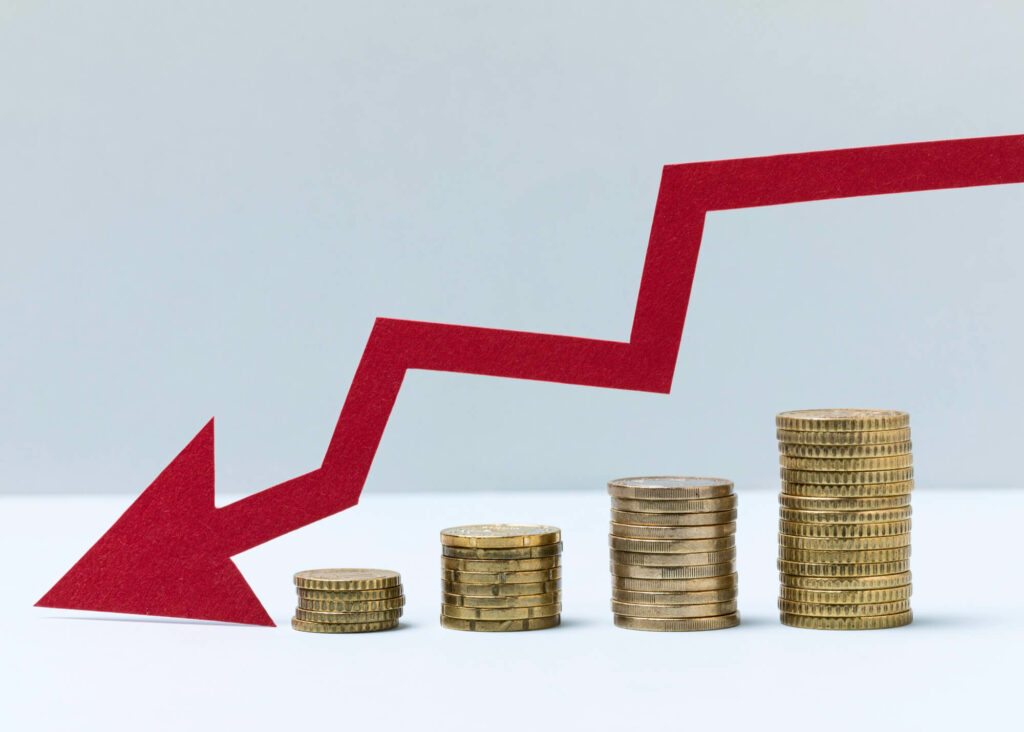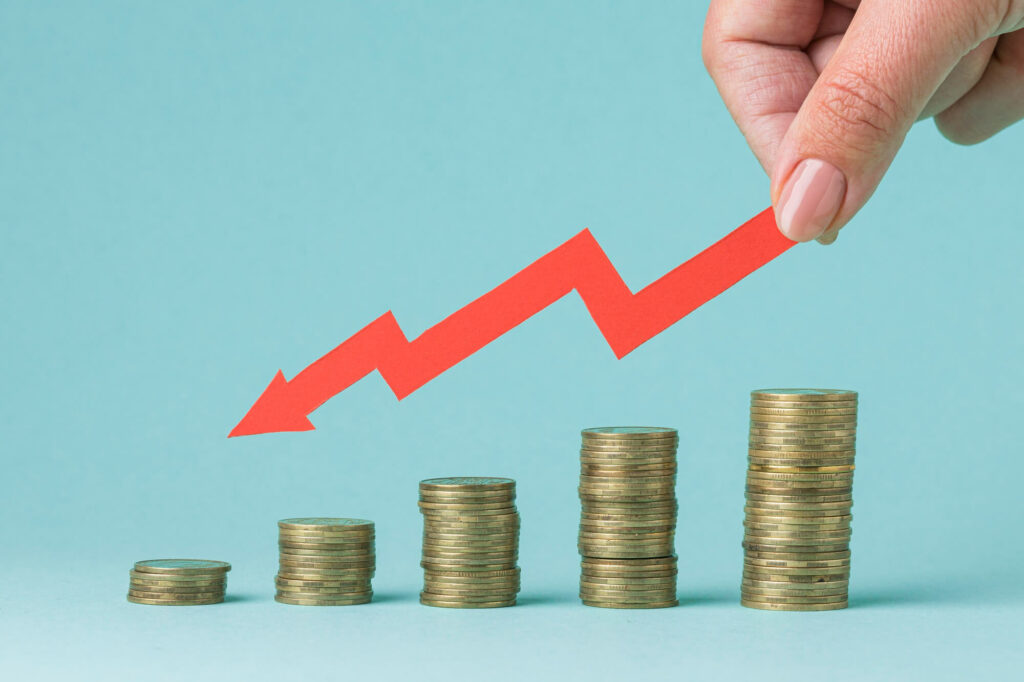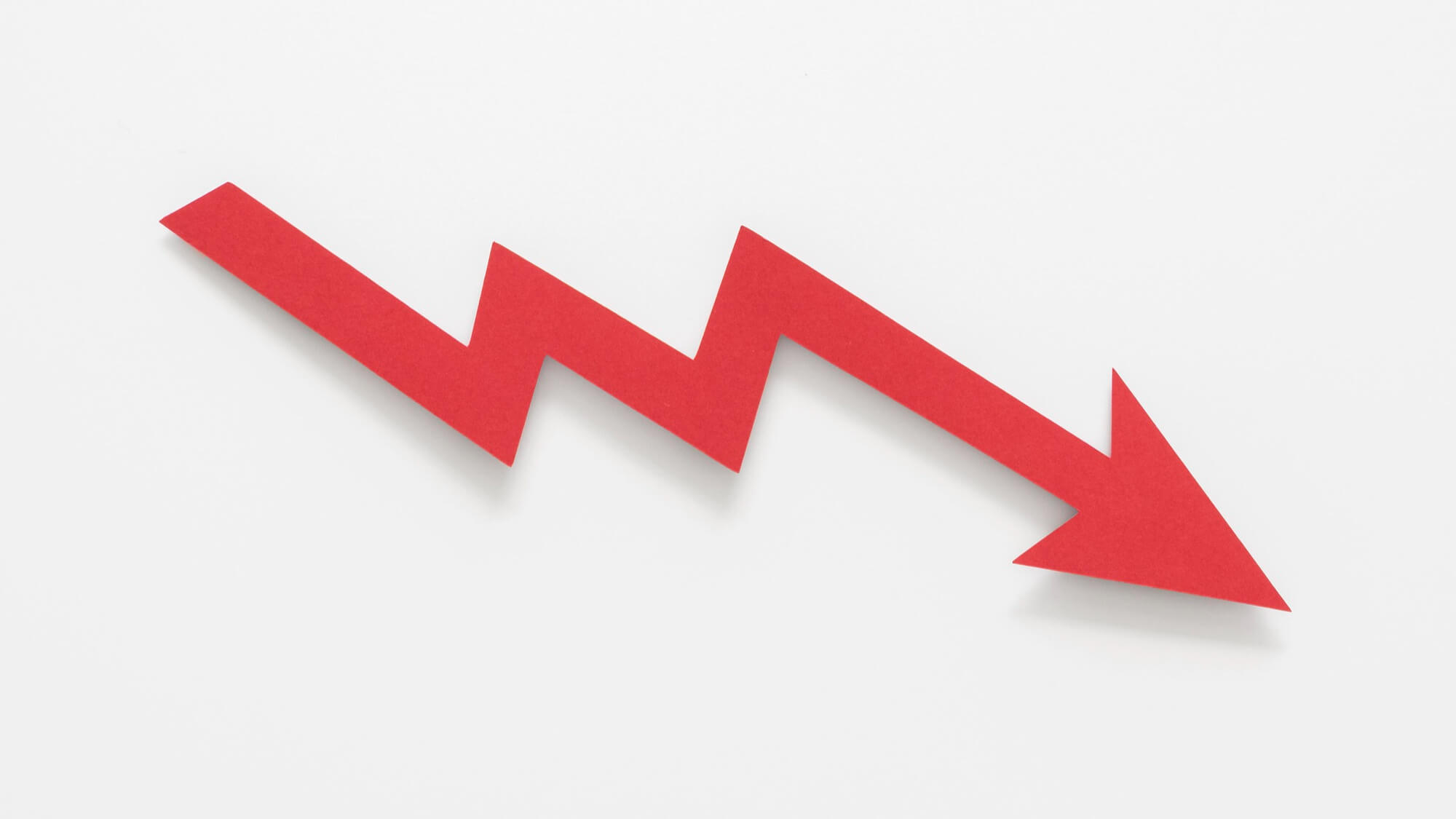When reading a country’s economic news, we may often encounter the term inflation. As one of the most difficult economic problems to address, inflation has occurred in the majority of nations.
Inflation exists in numerous forms. There are four major categories of inflation types based on severity, characteristics, causes, and origin.
Inflation according to its severity
Inflation can be classified into four types based on its degree of severity. An annual inflation rate of less than 10 percent will have little effect on the economy. Moderate inflation with an annual price increase of 10–30%, high inflation with an annual inflation rate of 30–100%, and hyperinflation with an annual inflation rate of more than 100%.
Also read: Inflation: Definition, Causes and The Impact
Inflation based on its origin

Types of Inflations That May Occur (source: Freepik)
Based on their source, there are two types of inflation:
1. Domestic price index
Due to macroeconomic mismanagement in the real or monetary sectors by economic agents or the general public, inflation originates within the country.
2. International inflation
Due to the rising cost of imported goods, inflation originates in foreign countries. This inflation may affect the import and export prices of other nations. Nevertheless, imported inflation may only occur in nations with an open economic system.
Also read: Understanding ESG and Its Importance for Companies
Inflation based on its cause
There are three distinct causes of inflation.
1. Inflation due to demand
The cause of inflation is high market demand for a particular commodity. The price will increase when the number of demands exceeds the number of offers, according to the law of demand. Numerous factors, including high government expenditures that result in more money printing, high export demand, and many others, may contribute to a rise in demand.
2. Price-driven inflation
An increase in production costs is what causes inflation. The production cost increase may be the result of a rise in input costs or the production cost factor.
3. Bottle neck enlargement
This type of inflation results from the interaction between supply and demand. If inflation occurs as a result of the supply factor, it indicates that monetary or corporate liquidity exceeds demand expectations. If it occurs as a result of demand, it means that there is no more supply while demand remains high. Thus leading to inflation.
Inflation according to its characteristics

Types of Inflations That May Occur (source: Freepik)
There are three types of inflation, according to their characteristics.
1. Advancing inflation
Inflation that is creeping is characterized by a low inflation rate and a gradual price increase. However, this type of inflation occurs over an extended period of time.
2. Accelerating Inflation
Inflation that is galloping is characterized by a rapid price increase that accelerates over time. This indicates that prices may be significantly higher this week or month compared to the previous week or month.
3. Hyperinflation
Hyperinflation is the worst form of inflation, decreasing the value of the currency so rapidly that no one would want to hold onto it. The rapid circulation of money accelerates the price rise. This typically occurs as a result of the government’s budget deficit, which leads to increased money printing.
Now that we understand the definition and types of inflation in a country, what are your thoughts on Indonesia’s current inflation rate?



